Insights
This page explores core ideas in software architecture, enterprise data, and applied analytics. It reflects ongoing learning and experimentation at Sequence Inc.
Agile IT Strategy: Planning for Change, Not Perfection
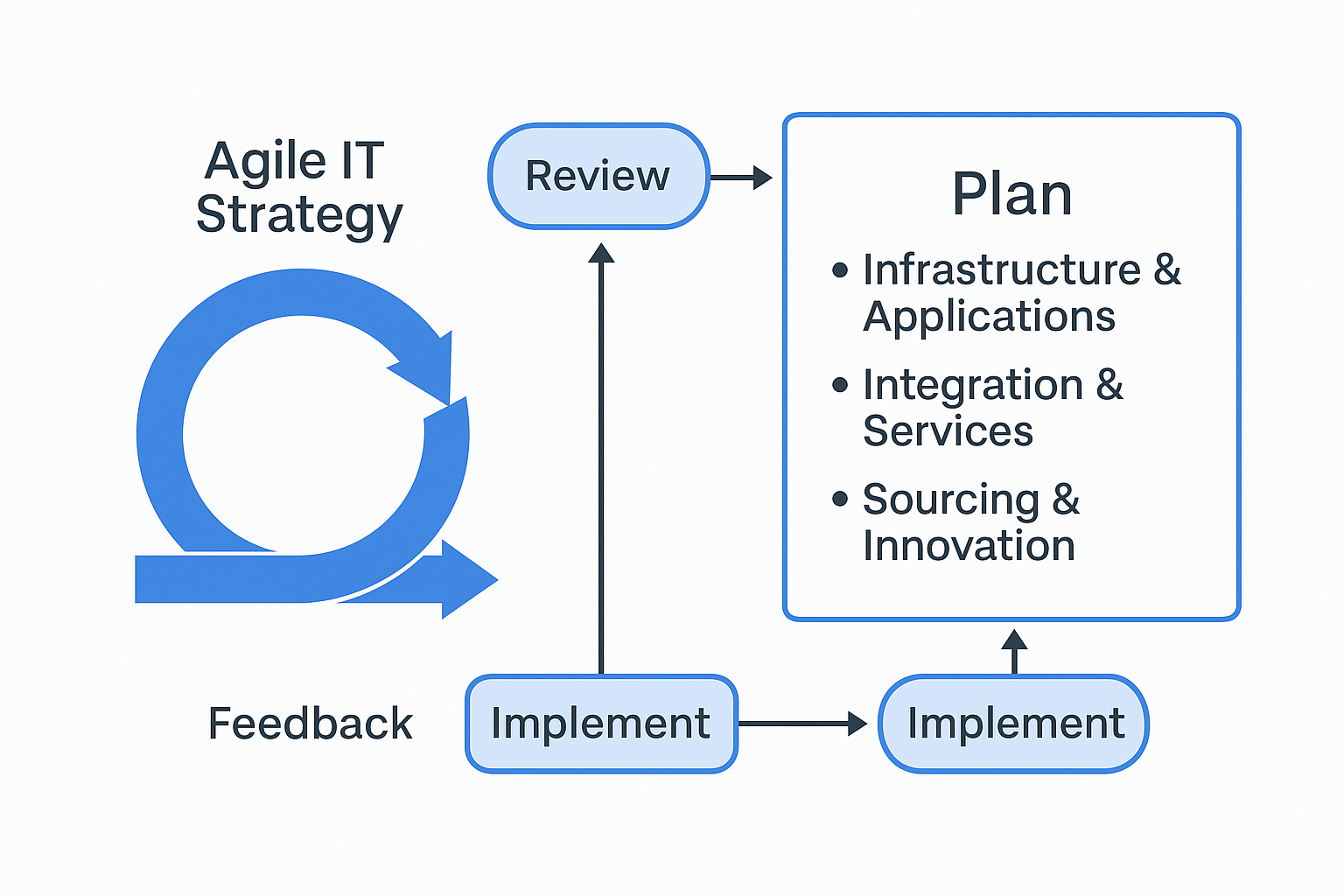
In the past, IT and business operated in separate lanes. Requirements were documented, handed over, implemented — and often delivered months or years later. That world no longer exists. Today, technology is core to business, not a separate support function. The pace of change requires a tighter, more adaptive collaboration between IT and business.
An agile IT strategy doesn't just plan infrastructure — it supports evolving business models. It should be modular and regularly reviewed. Effective strategies incorporate areas like:
- Infrastructure and Application strategies
- Integration and Service strategies
- Sourcing, Innovation, and Review cycles
Successful teams treat strategy as iterative: involving diverse voices, revisiting assumptions, and adjusting to real feedback — not waiting for a perfect plan to emerge.
REST APIs and Modern Software Development
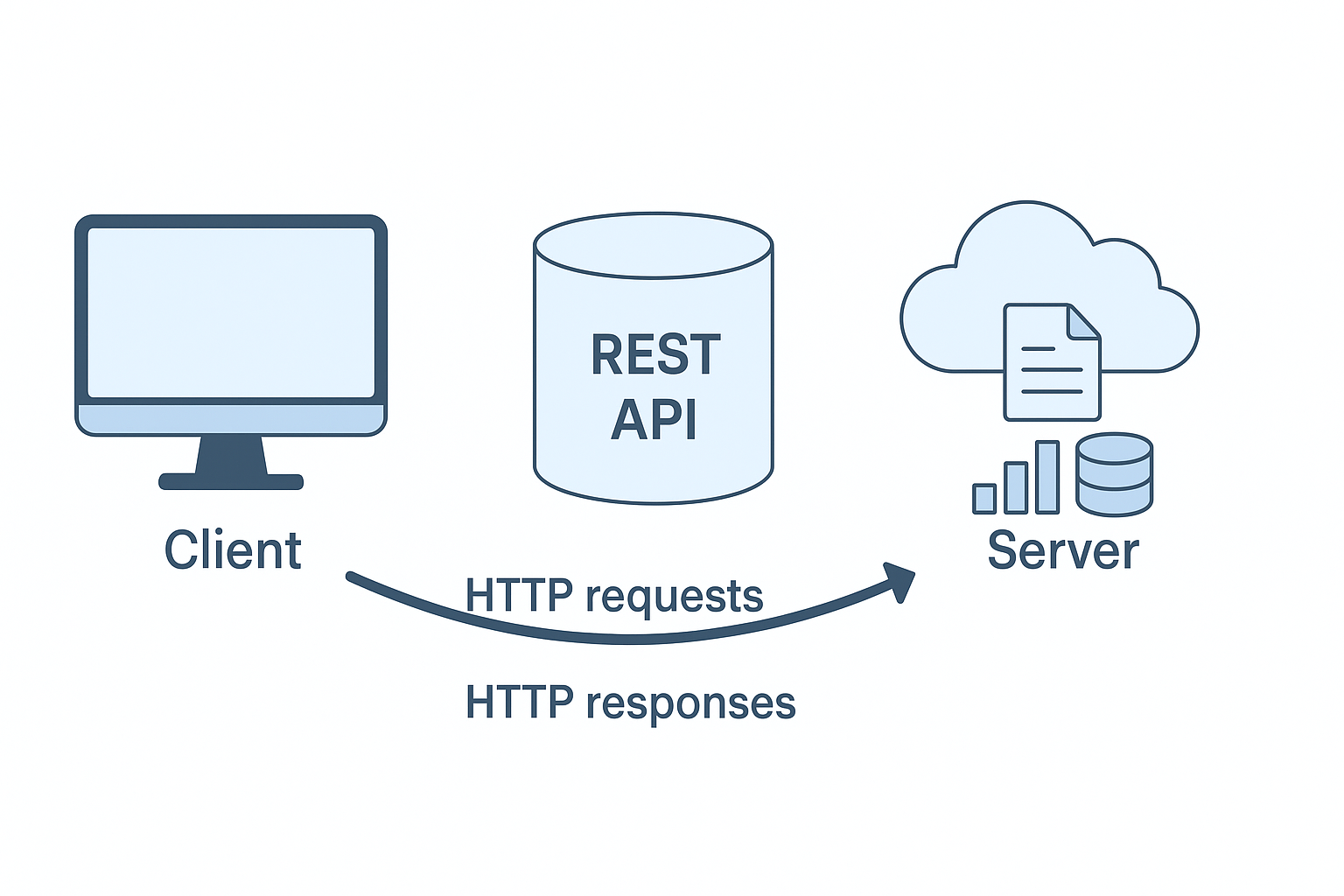
APIs (Application Programming Interfaces) are how systems talk. REST APIs in particular have become the default because they are simple, predictable, and flexible. A good API is like a well-designed tool — focused, reliable, and easy to understand. Across industries — from finance to energy — APIs form a critical bridge between legacy systems, cloud platforms, and modern applications.
REST (Representational State Transfer) APIs are essential in modern software architecture. They provide a standardized way for systems to communicate over HTTP, allowing data and services to be accessed securely and reliably by other applications.
In enterprise environments, REST APIs serve as the backbone for application integration. They enable disparate systems — including CRM, ERP, analytics platforms, and mobile apps — to interoperate efficiently. This decoupling of services improves scalability, maintainability, and time to market.
REST APIs also support microservices architectures, where each service can be developed, deployed, and scaled independently. As a result, APIs play a vital role in enabling continuous integration, third-party integrations, and cloud-native applications.
Microservices: Practical Engineering, Not Just a Trend
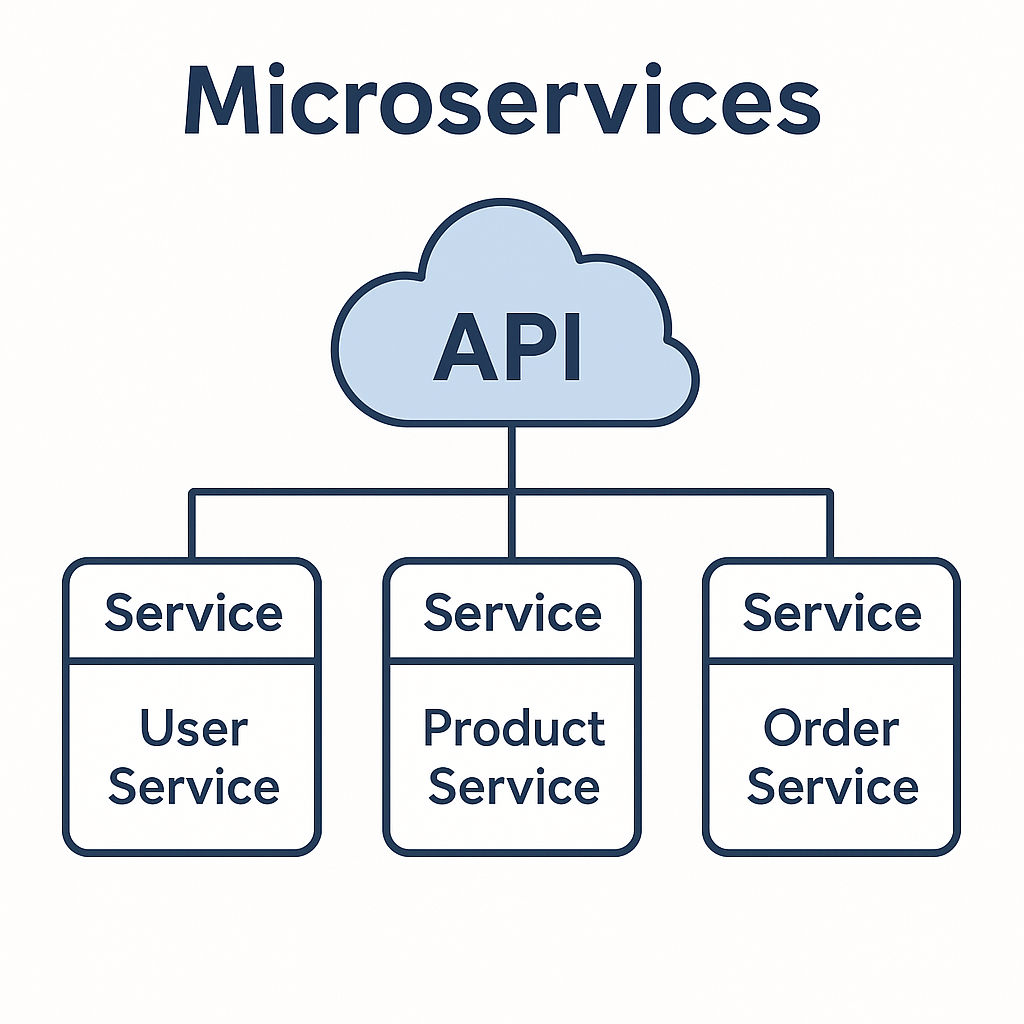
Microservices architecture breaks big systems into smaller, self-contained services. Microservices aren’t just trendy — they’re practical for managing complexity, scalability, and resilience.
Each service should have a clear responsibility and a clean interface. Teams can change implementation details without breaking the whole. For example, a "tax calculation" microservice should be able to evolve independently — as long as it honors its published API.
- Don’t share code, databases, or schemas
- Communicate via versioned, documented APIs
- Use the right tool for each job — not one-size-fits-all
- Separate deployment and test cycles per service
Microservices aren’t for everything. But when complexity, scale, or agility matter — they give you the architecture to evolve and manage it safely.
Enterprise Data Modeling
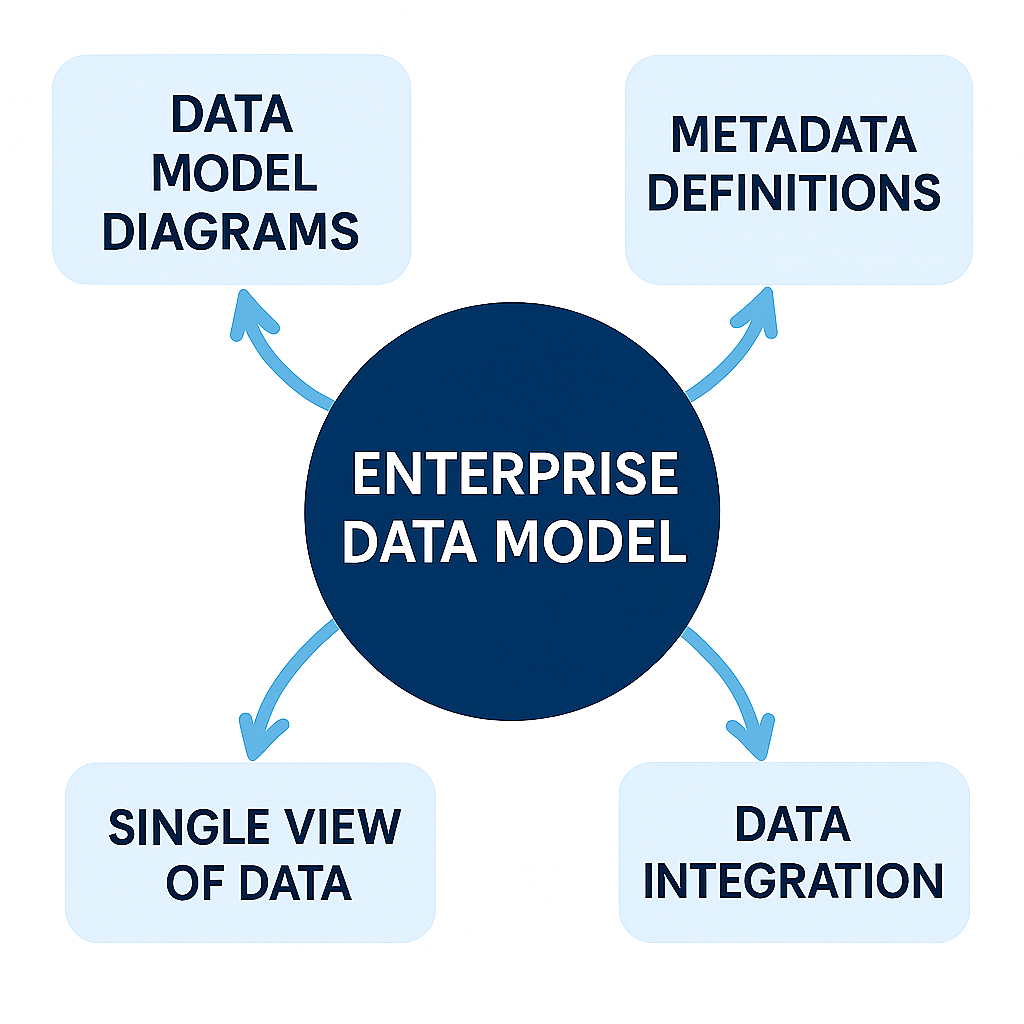
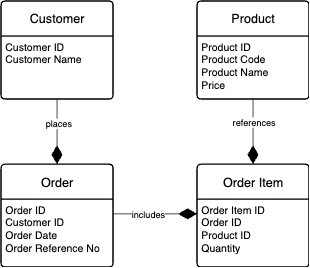
Enterprise data modeling defines the structure and relationships of business-critical data across systems. It supports consistency, integration, and governance by creating a shared understanding of data entities across the organization.
Key components include:
- A strategic data framework and methodology
- Common definitions of entities like customer, product, organization
- Metadata strategies to document meaning, lineage, and usage
EDMs usually include conceptual, logical, and physical models — each adding more detail to how data is structured and implemented.
Benefits of enterprise data modeling include:
- Shared understanding between business and IT teams
- Fewer inconsistencies in duplicated data definitions
- Clearer planning and estimation for data-centric projects
- Improved alignment between systems and strategic goals
Ultimately, an EDM is a living structure. It requires governance, collaboration, and regular revision. But when done well, it becomes the backbone of reliable, scalable information delivery across the enterprise.
Information Management for AI and Machine Learning
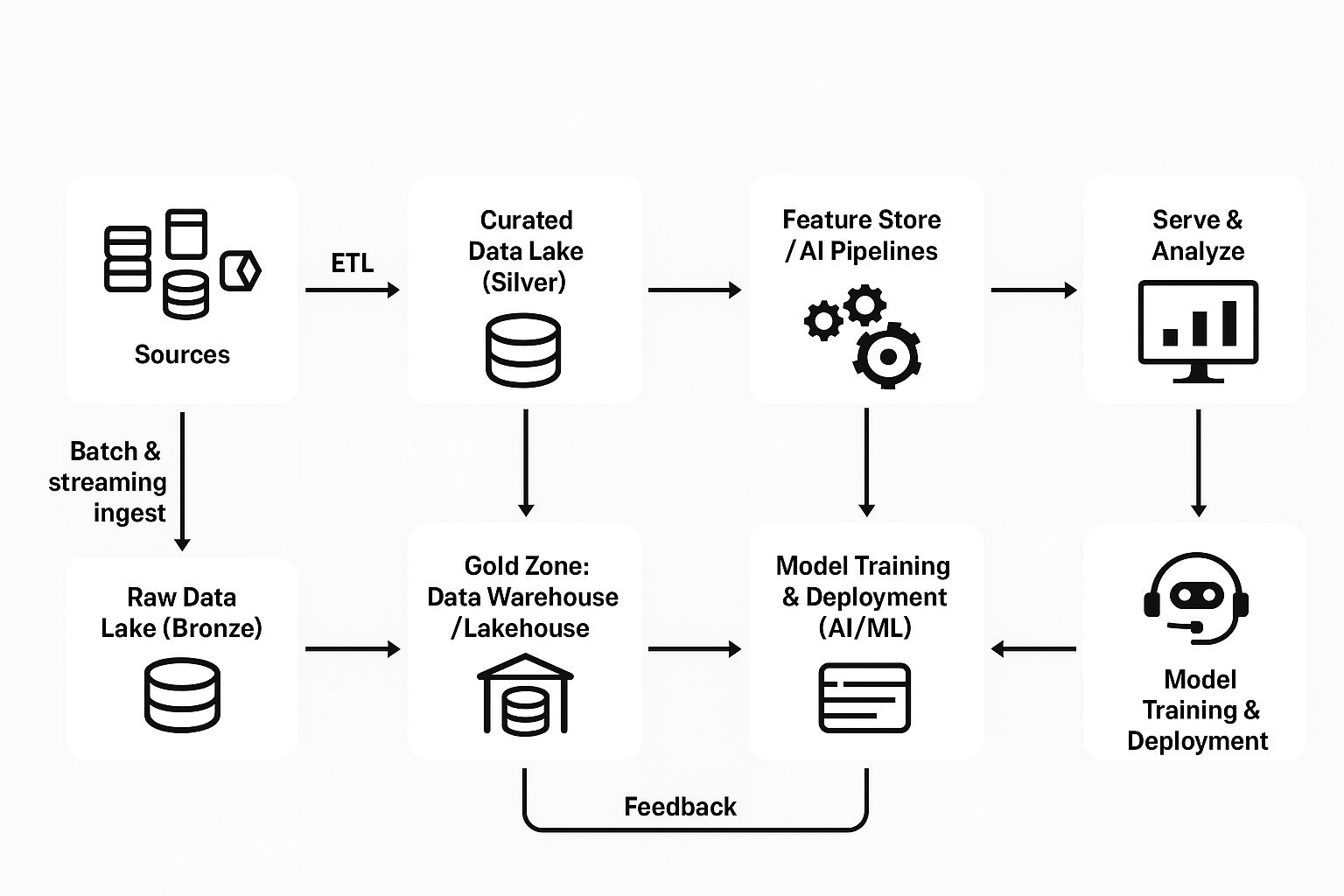
Effective information management is foundational for AI and machine learning. Technologies such as data lakes, data warehouses, and big data platforms enable the storage, integration, and analysis of vast volumes of structured and unstructured data.
Data Lakes store raw data at scale, allowing flexible exploration and model training. Data Warehouses provide cleaned, structured, and fast-access data for reporting and analytics. Together, these systems enable organizations to extract insights, train predictive models, and build intelligent applications.
Modern pipelines often combine real-time data ingestion, ETL (Extract, Transform, Load) processes, and cloud-native services (e.g., AWS, Azure, GCP) to support advanced AI initiatives.